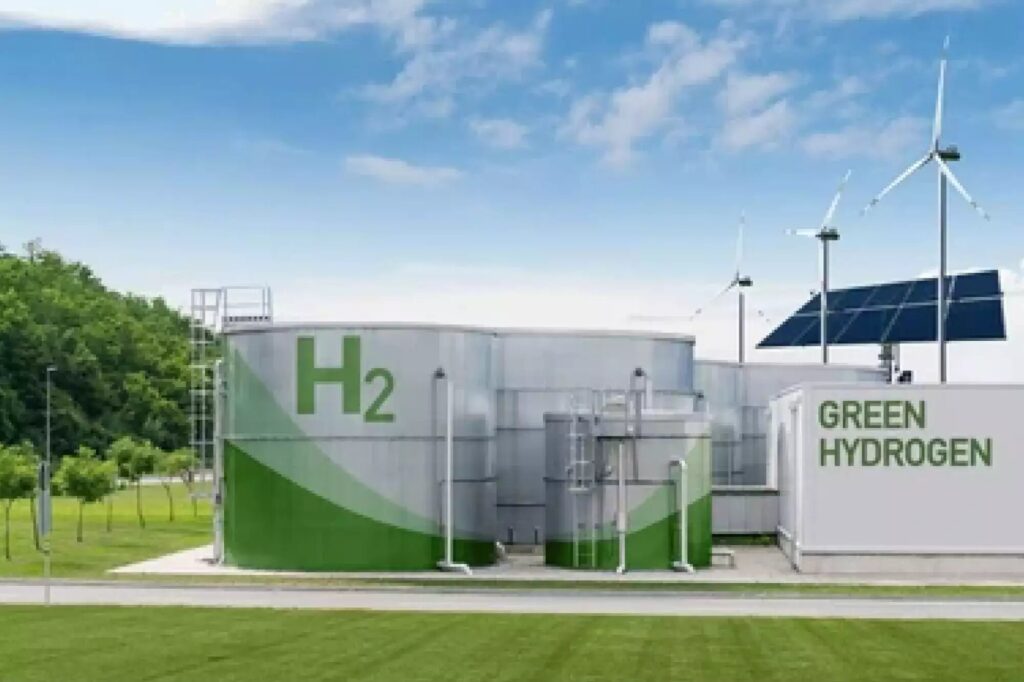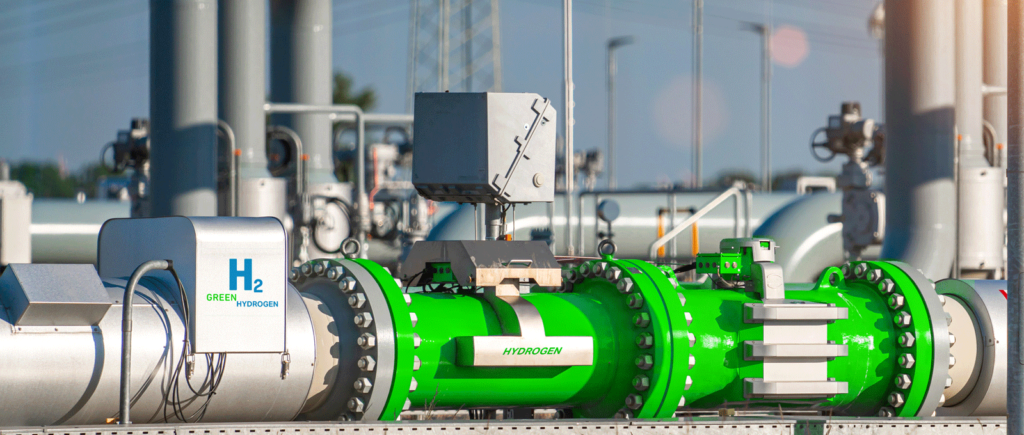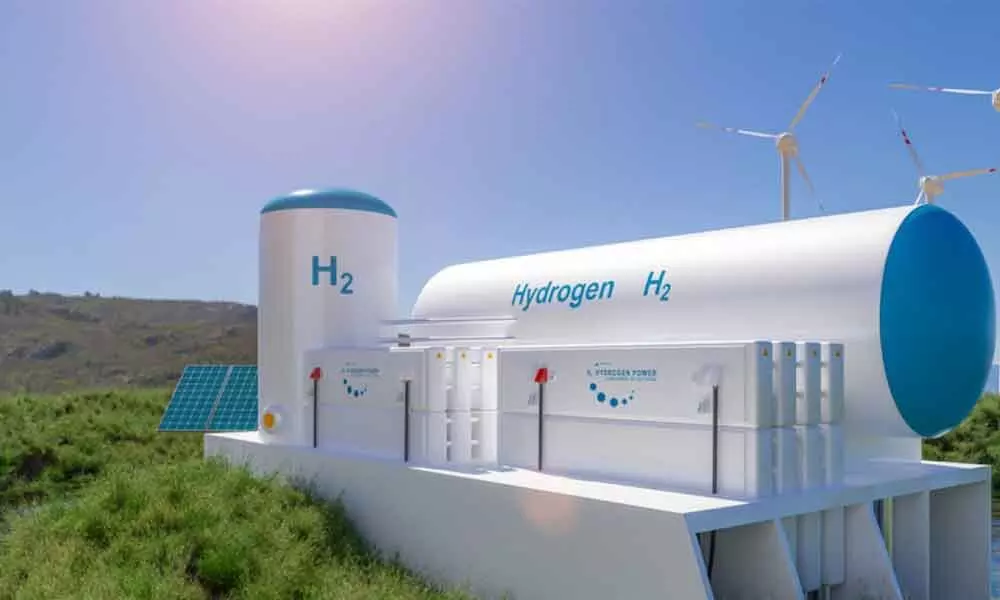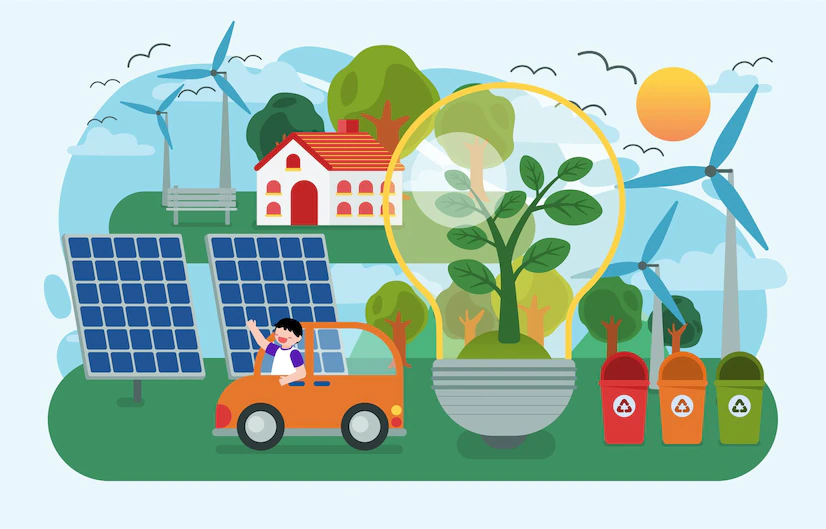Table of Contents
In recent years, the concept of green hydrogen has gained significant attention as a potential game-changer in the realm of sustainable energy solutions. This clean and versatile fuel, produced through electrolysis using renewable sources, has captured the imagination of scientists, policymakers, and industries worldwide.

As concerns over climate change and the depletion of fossil fuels intensify, green hydrogen emerges as a promising alternative that could revolutionize various sectors and pave the way for a greener future. In this article, we will delve into the hype surrounding green hydrogen and explore its vast potential as a sustainable energy solution.
The Essence of Green Hydrogen:
Green hydrogen, often referred to as renewable or clean hydrogen, is produced by utilizing renewable energy sources to power the electrolysis process. Electrolysis involves splitting water molecules (H2O) into hydrogen (H2) and oxygen (O2) through the application of an electric current. The resulting hydrogen gas can be stored and used as a source of energy for a wide range of applications, including transportation, heating, electricity generation, and industrial processes.
The Appeal of Green Hydrogen:
- Climate-Friendly: Green hydrogen has no carbon emissions at the point of use, making it an attractive option for decarbonizing sectors heavily reliant on fossil fuels. By replacing conventional fuels with green hydrogen, we can significantly reduce greenhouse gas emissions and combat climate change.
- Energy Storage: One of the key advantages of green hydrogen lies in its potential as an efficient energy storage medium. Excess renewable energy generated during peak periods can be harnessed to produce hydrogen, which can be stored and later converted back into electricity or other forms of energy when needed. This enables a more stable and reliable grid system, mitigating the intermittency issues associated with renewable sources.
- Versatility and Scalability: Green hydrogen can be utilized in various sectors, such as transportation, industry, and power generation. Its versatility allows for the replacement of fossil fuels in multiple applications, reducing overall dependency on non-renewable resources. Additionally, the scalability of hydrogen production can accommodate growing energy demands and facilitate the transition to a sustainable energy system.
- Industrial Applications: Green hydrogen presents a significant opportunity for decarbonizing industrial processes that are traditionally reliant on fossil fuels. Hydrogen can be used as a clean feedstock in the production of chemicals, steel, ammonia, and other essential materials, enabling the transformation of high-emission sectors.
Challenges and Solutions:
While the potential of green hydrogen is vast, several challenges must be addressed to realize its full benefits:
- Cost: Currently, the production of green hydrogen is more expensive compared to conventional hydrogen production methods. However, as renewable energy costs continue to decline, the economics of green hydrogen are expected to improve.
- Infrastructure: Establishing an extensive infrastructure for hydrogen production, storage, and distribution is a significant undertaking. Investments are required to develop hydrogen pipelines, refueling stations, and storage facilities to support the widespread adoption of green hydrogen.
- Efficiency: Electrolysis processes need to become more efficient to maximize the yield of green hydrogen and reduce energy losses. Advancements in electrolysis technologies, such as proton exchange membrane electrolyzers, are being explored to enhance efficiency.
- Policy and Regulation: Supportive policies, incentives, and international collaboration are crucial to fostering the growth of the green hydrogen industry. Governments and organizations worldwide must work together to create a favorable environment that promotes investment, research, and development.
While challenges remain, ongoing research, technological advancements, and collaborative efforts are driving the development of green hydrogen as a viable and sustainable energy solution. The excitement surrounding green hydrogen is justified, given its potential to revolutionize various sectors, decarbonize industries, and contribute significantly to global efforts in mitigating climate change.

As governments, industries, and researchers continue to invest in the production, infrastructure, and deployment of green hydrogen, we are moving closer to realizing its full potential. Moreover, the declining costs of renewable energy sources and advancements in electrolysis technologies are expected to make green hydrogen more economically viable in the near future.
It is crucial for policymakers to implement supportive regulations and incentives that encourage the adoption of green hydrogen, facilitating a transition to a greener energy landscape. International cooperation and knowledge sharing can accelerate progress and ensure a smooth integration of green hydrogen into existing energy systems.
In conclusion, the hype surrounding green hydrogen is not without reason. Its ability to provide clean energy, store excess renewable energy, replace fossil fuels, and decarbonize various sectors positions it as a game-changer in our pursuit of a sustainable future. With continued investment, innovation, and collaboration, green hydrogen has the potential to transform our energy systems and contribute significantly to a low-carbon economy.







